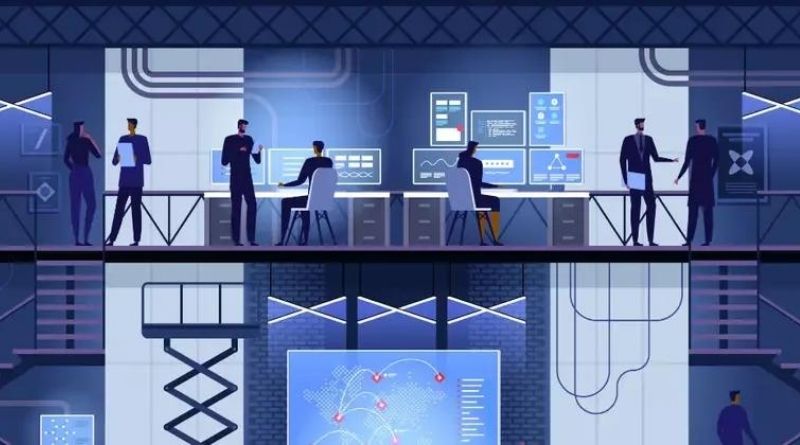Streamlining operations involves reorganizing cross-functional processes to maximize effectiveness and efficiency. This is accomplished by aligning the company around the goal of delivering customer value.
For example, a DCIM solution can help data center operators spot recurring temperature spikes that cause servers to shut down and identify the root cause of the issue (likely a faulty cooling system). The result is decreased downtime and overall cost savings.
Real-time monitoring
Managing and optimizing data center infrastructure and resources can be difficult. Real-time monitoring enables organizations to identify issues before they escalate into costly problems that require downtime or lost data.
Using a DCIM platform, IT and facilities managers can easily track all equipment—from servers to power distribution units (PDUs) to Static Transfer Switches—and all associated connections. This granular tracking makes it easier to locate gear in the event of failure, which reduces mean time to repair and improves overall reliability.
Additionally, modern DCIM solutions allow operators to optimize power distribution and eliminate energy inefficiencies, reducing operational costs significantly. This is achieved through features like intelligent PDUs that monitor and detect environmental factors like temperature, humidity, airflow, and pressure, as well as predictive analytics that analyze and automate routine tasks. This leads to significant energy savings for data centers, reducing carbon emissions and contributing to sustainable practices. Data centers consume massive amounts of energy, and with proper monitoring through DCIM software, they can avoid waste and improve efficiency.
Automated alerts
DCIM software can automatically alert you to critical issues impacting data center uptime. For example, it turns environmental sensor data into actionable insights with psychrometric cooling charts, making it easy to identify which cabinets are overcooled quickly. Then, you can easily adjust temperature setpoints to raise temperatures without the risk of damaging equipment. This helps you minimize energy consumption, reduce costs, and pass the savings on to your customers.
Additionally, DCIM can help you ensure capacity is in place to avoid overcrowding and performance bottlenecks. Capacity planning capabilities enable you to visualize rack and row elevations, floor space layout plans, and rack and room temperature trends. Plus, you can use power and network connectivity diagrams to understand how data center infrastructure equipment is connected.
Finally, DCIM enables you to optimize workflows with systematic tools to support modeling, planning, ticketing, work management, and approvals. This significantly increases employee productivity and provides a single source of truth for all change requests.
Data visualization
Visualization is essential for data center management, delivering critical insights to users quickly and efficiently. Visual representations make it easier to see patterns, cycles, and anomalies that may be hard to identify in raw data. Data visualizations can include building-level diagrams, room floor plans (2D or 3D), and rack and row elevations for IT equipment.
One example is using a DCIM solution to track and visualize power usage effectiveness (PUE) and device status information, including what virtual machine guests each physical server currently hosts and the number of active connections. This allows IT teams to proactively manage devices that aren’t being utilized and save energy, cooling, and cost by remotely powering them off when not in use.
In addition, the integration of DCIM, ticketing systems, and other software enables data center operations to track and report on IT and facility management data in real time. This streamlines and simplifies workflows facilitates compliance, and enhances reporting and analysis for better data center performance.
Enhanced collaboration
The ability to track equipment and the relationships and dependencies between IT and facilities hardware can help data center professionals identify and resolve issues more quickly. This can also reduce downtime and help avoid costly mistakes.
DCIM software provides centralized databases that maintain accurate records of all assets from deployment to decommissioning. This visibility can save money by enabling you to make better decisions on when to deploy new racks or other infrastructure. It can also help you optimize how these assets are used and improve capacity planning.
Capacity planning capabilities facilitated by DCIM enable more efficient power utilization, reducing energy costs and waste. In addition, efficiencies in cooling systems can significantly lower operational costs. Finally, DCIM solutions can help you track power usage effectiveness (PUE), an essential metric for assessing IT and facility energy efficiency. This can help you align your data center’s resources to actual needs and contribute to corporate sustainability initiatives.


